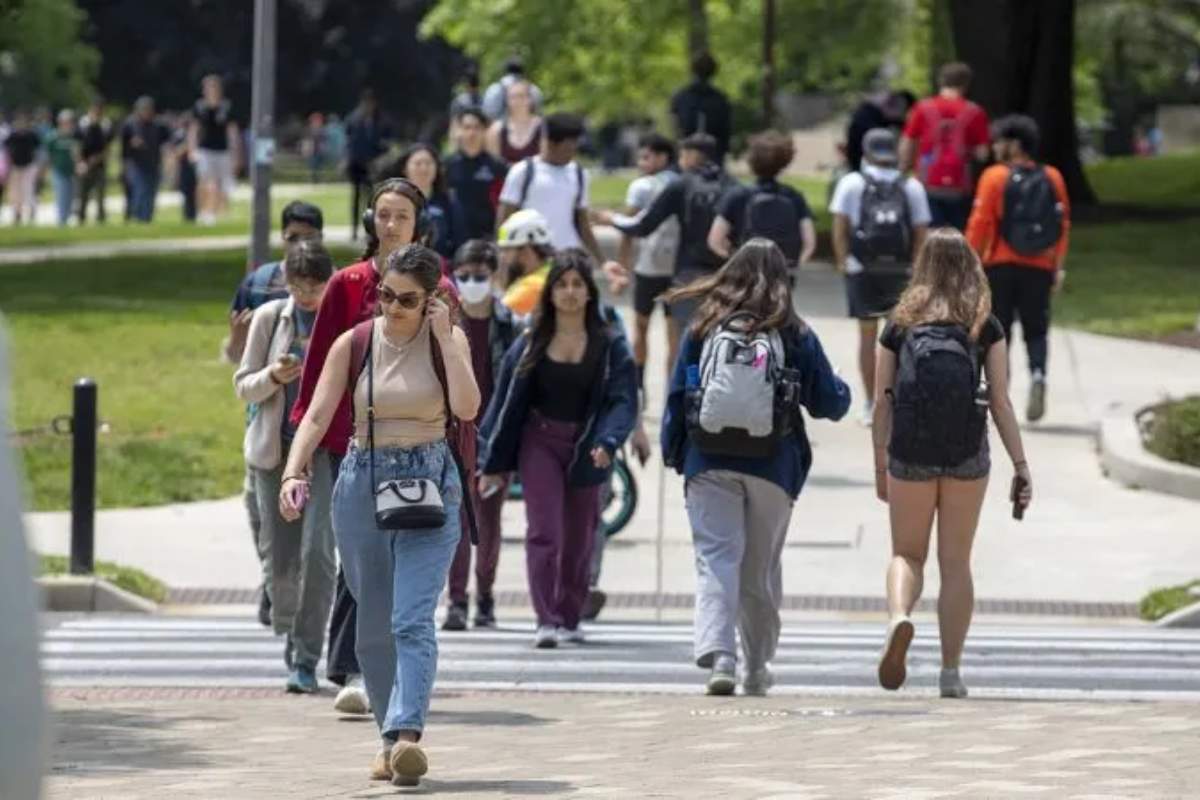Embarking on a student exchange program is not just a journey across geographical borders but a transformative odyssey that broadens horizons, enriches cultural perspectives, and fosters personal growth. In this comprehensive guide, we will delve into the world of student exchange programs, unraveling the essence of these experiences and providing a roadmap for students eager to explore the global classroom.
1. The Essence of Student Exchange Programs:
At its core, a student exchange program is a unique educational venture that allows students to spend a portion of their academic journey in a foreign country. It’s not just about attending classes; it’s about immersing oneself in a different culture, embracing diversity, and creating lasting connections across borders.
2. Benefits of Student Exchange Programs:
a. Cultural Enrichment:

One of the primary advantages is the exposure to a new culture. Living and studying in a foreign land provides an unparalleled opportunity to understand traditions, customs, and lifestyles different from one’s own.
b. Language Proficiency:
Language skills get a boost as students find themselves surrounded by native speakers. There’s no better way to learn a language than through daily interactions and real-life situations.
c. Global Perspective:
Student exchange programs foster a global mindset, encouraging students to view issues from multiple angles. This global perspective becomes an invaluable asset in an interconnected world.
d. Personal Growth:
Stepping out of one’s comfort zone leads to personal development. Adaptability, independence, and resilience are qualities that naturally evolve during an exchange program.
e. Network Building:
Creating connections with students, faculty, and locals builds a network that can be beneficial personally and professionally in the future.
3. Types of Student Exchange Programs:
a. University Exchanges:
Formal partnerships between universities allow students to study abroad while paying tuition at their home institution.
b. Language Immersion Programs:
Ideal for language enthusiasts, these programs provide an immersive experience to enhance linguistic skills.
c. Internship Exchanges:
Students can gain international work experience through exchange programs that offer internship opportunities.
d. High School Exchanges:

Designed for high school students, these programs offer a chance to live with host families and experience education in a foreign country.
4. Choosing the Right Student Exchange Programs:
a. Research:
Explore available programs, considering factors like duration, location, academic offerings, and cultural experiences.
b. Eligibility:
Ensure you meet the program’s eligibility criteria, including academic requirements, language proficiency, and any specific prerequisites.
c. Costs and Scholarships:
Evaluate the financial aspects, including tuition, living expenses, and potential scholarships. Many programs offer financial aid, so explore these opportunities.
d. Cultural Fit:
Consider the cultural aspects of the host country. A good fit enhances the overall experience.
5. Application Process for Student Exchange Programs:
a. Early Planning:
Start planning well in advance, as the application process can be lengthy. This includes obtaining necessary documents, and recommendations, and meeting deadlines.
b. Language Proficiency Tests:
Some programs may require language proficiency tests such as TOEFL or IELTS. Prepare for these exams as needed.
c. Personal Statements:
Craft a compelling personal statement outlining your motivations, goals, and what you hope to gain from the exchange program.
d. Interviews:
Be prepared for interviews, which may be part of the selection process. Showcase your enthusiasm and readiness for the experience.
6. Preparing for Departure:
a. Visa and Documentation:
Ensure all necessary visas and documentation are in order. Familiarize yourself with any health and safety requirements.
b. Health Insurance:
Obtain comprehensive health insurance that covers your needs while abroad.
c. Cultural Sensitivity:
Learn about the local culture, customs, and etiquette to integrate seamlessly into your new environment.
d. Packing Essentials:

Pack wisely, considering the climate, the duration of your stay, and any specific requirements of your host country.
7. Embracing the Experience:
a. Engage with Locals:
Immerse yourself in the local community. Attend events, join clubs, and make an effort to interact with locals.
b. Explore Academically and Beyond:
While academics are crucial, don’t forget to explore the broader culture. Attend local festivals, visit historical sites, and savor the cuisine.
c. Document Your Journey:
Keep a journal, take photos, and document your experiences. These memories will be cherished long after the program concludes.
d. Stay Connected:
Stay connected with your home country and fellow exchange students. Technology makes it easy to bridge the distance.
8. Overcoming Challenges of Student Exchange Programs:
a. Cultural Adjustment:
Be patient with the cultural adjustment process. It’s natural to face challenges, but these often lead to the most significant personal growth.
b. Language Barriers:
Embrace language challenges as opportunities to learn. Locals appreciate your efforts, even if you make mistakes.
c. Homesickness:
Homesickness is common. Stay connected with loved ones, but also embrace your new surroundings.
9. Returning Home:
a. Reverse Culture Shock:
Understand that returning home can bring about a reverse culture shock. Give yourself time to readjust.
b. Utilize Experiences:
Integrate your newfound skills and perspectives into your academic and personal life at home.
c. Share Your Story:
Share your experiences with others. Your story may inspire future exchange students.
Conclusion:
In conclusion, a student exchange program is an educational endeavor and a life-changing adventure that shapes individuals into global citizens. The benefits extend far beyond academics, encompassing personal growth, cultural enrichment, and building lifelong connections. As you embark on this journey, remember that the world is your classroom, and each experience, whether challenging or exhilarating, contributes to a richer, more interconnected understanding of the global landscape. From choosing the right program to overcoming challenges and cherishing memories, the student exchange journey is a holistic exploration that transcends borders. So, open your mind, embrace diversity, and let the world become your classroom through the transformative lens of student exchange programs.










